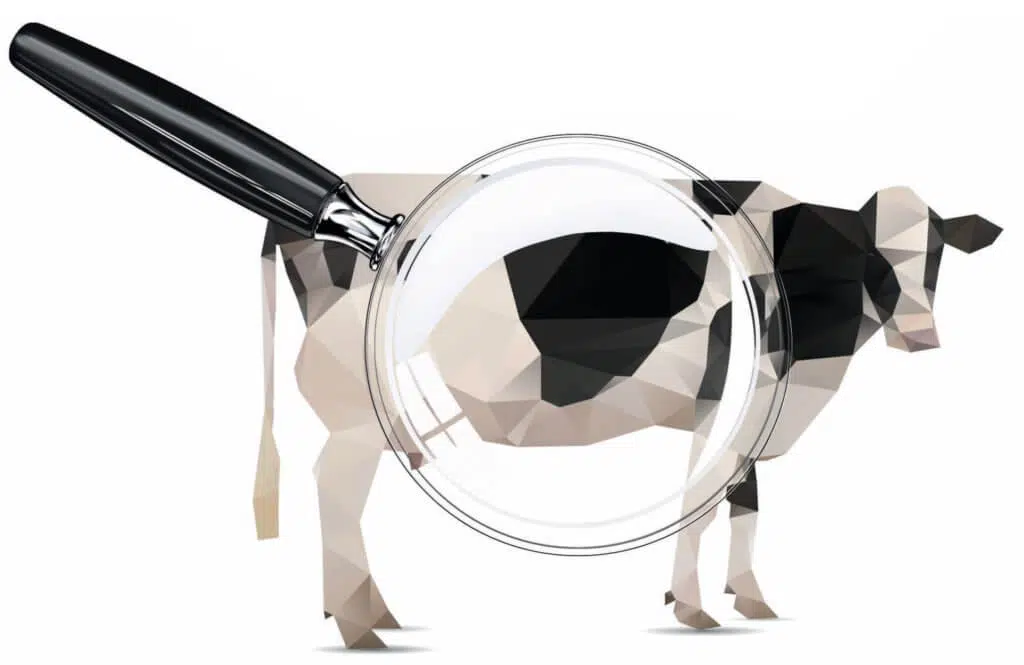When it comes to minerals, this doesn’t seem to be a simple matter on a dairy farm. In an attempt to better understand our herd mineral status, we have turned to looking at mineral levels in the liver and blood. While this is almost common practice on some farms, the correct interpretation and use of the data from cow mineral analysis is what will take us forward confidently into the future.
Three types of farmers
There are three types of farmers when it comes to the management of minerals. The first are those who don’t measure, and only feed enough minerals to ensure the cows will have no deficiency problems. While this approach may work, we cannot be sure that our cows are getting enough minerals to support optimum health and performance.
The second group are those that spend time and money on measuring mineral status in the liver and blood and aim to constantly improve these mineral levels. While improvement is good, we should also consider whether there is any economic benefit in pushing levels or whether we should be focusing our attention somewhere else where it is needed more.
The third group are those that measure cow mineral status, but interpret the results by considering industry-recommended ranges and evaluating what the cow is telling them. In reality, cow performance and health actually tell us all we need to know and help us interpret cow mineral analyses as part of the big picture.
Listen to the cow
Level versus performance is key when looking at cow mineral status. Increasing cow trace mineral status is a costly exercise when there are no real or measurable benefits in doing so. Obviously, cows that are deficient in any minerals will be immune-compromised and this is a good incentive for reaching adequate mineral status. However, when levels are already adequate, we need some solid research that supports a return on investment before we even consider increasing mineral supplementation simply in order to increase the liver or blood level.
This is where the cow comes in. When measurements indicate that mineral status is adequate, we need to determine whether the cow still needs more or whether she is doing fine on what she has. A good example is liver zinc levels, which are notoriously difficult to increase. Zinc is a mineral that goes hand-in-hand with epithelial integrity – udder, gut, and hoof epithelia. An adequate zinc level read together with continuing lameness or mastitis problems on the farm would indicate that there is not enough zinc reaching the site of requirement for all the challenges the cow must deal with. If, however, the herd only contains a few lame cows with a low incidence of mastitis and favourable somatic cell counts, the cows are telling you: “We’re good for now”.

A three-in-one win
Correctly interpreting mineral analysis and cow performance can help your cows by ensuring you are supporting optimum health, help your budget as you won’t be overspending or underspending, and help your business through your holistic and sustainable approach to mineral supplementation. (Also read “Mineral feeding for year-round performance by Dr Chris Ashworth” as published in The Review issue 3 of 2020)
Download the full article in PDF format here, as published in the January 2021 issue of The Dairy Mail.
Technical adviser: Ruminants










